Spain's famous siesta culture often catches visitors by surprise, particularly when they encounter closed shops during what would normally be considered peak business hours in other countries. The tradition of the midday break, deeply rooted in Spanish daily life, affects everything from small family-run businesses to larger retail establishments. Understanding which types of shops actually close during these hours—and which remain open—can save travelers from frustration and help them plan their days more effectively.
The Myth and Reality of the Siesta Closure
Contrary to popular belief, not every shop in Spain shuts its doors for hours in the middle of the day. The siesta’s influence on business hours varies significantly depending on the type of establishment, its location, and even the season. While smaller, traditional businesses in rural areas or residential neighborhoods are more likely to observe the extended midday break, urban centers and tourist-heavy zones have adapted to cater to a more international clientele.
In cities like Madrid and Barcelona, major retail chains, department stores, and shopping malls rarely close for siesta. These businesses operate on schedules similar to those found in other European capitals, with continuous hours from morning until evening. However, venturing into smaller towns or local neighborhoods reveals a different rhythm—one where the siesta still holds sway, and shops may close from 2 PM until 5 PM or later.
Types of Businesses That Typically Close
Small, independent shops—particularly those run by local families—are the most likely to adhere to traditional siesta hours. Bakeries, butcher shops, and neighborhood grocery stores often close in the early afternoon, reopening in the late afternoon or early evening. These businesses cater primarily to locals who follow the traditional Spanish schedule, which includes a later lunch and dinner.
Professional services, such as law offices, medical clinics, and smaller banks, also frequently observe the midday break. In many cases, these establishments operate on a split-shift system, opening in the morning, closing for several hours in the afternoon, and then reopening until 8 PM or later. This can be particularly confusing for visitors accustomed to standard 9-to-5 business hours.
Businesses That Stay Open
Tourist-oriented shops, especially those in heavily visited areas, rarely close for siesta. Souvenir stores, international retail chains, and shops in popular districts like Barcelona’s Las Ramblas or Madrid’s Gran Vía maintain regular hours to accommodate visitors. Similarly, supermarkets and larger grocery stores, particularly those belonging to national chains, often remain open throughout the day, though some may reduce staff during the traditional siesta period.
Restaurants and cafés present an interesting exception. While many close between lunch and dinner service, their "closed" hours often align with the typical Spanish meal schedule rather than the siesta itself. It’s not uncommon for a restaurant to shut its doors from 4 PM to 8 PM, only to reopen for the late-evening dinner crowd. Meanwhile, tapas bars and cafeterias frequently stay open all day, serving drinks and light snacks during the traditional break.
Regional Variations and Seasonal Adjustments
The observance of siesta-related closures varies considerably across Spain’s diverse regions. In hotter areas like Andalusia, where afternoon temperatures can be extreme, the midday break remains more prevalent. Shops in Seville or Córdoba, for example, are more likely to close for extended periods than those in cooler northern regions like Galicia or the Basque Country.
Seasonal factors also play a role. During summer months, when temperatures soar and traditional Spanish vacations take place, businesses may shorten their afternoon closures or abandon them altogether in tourist areas. Conversely, in winter, particularly in smaller towns, shops might maintain shorter overall hours but still preserve the afternoon break.
Navigating the Siesta as a Visitor
For travelers, the key to managing Spain’s unique business hours lies in understanding local patterns and planning accordingly. Mornings are typically the best time for shopping at smaller establishments, while afternoons can be reserved for long lunches or visits to attractions that remain open. Evenings, when many shops reopen, offer another opportunity for errands or shopping.
Modern technology has made adapting easier—many businesses now list their hours on Google Maps or their own websites, though it’s always wise to double-check, especially outside major cities. When in doubt, asking hotel staff or locals for advice on specific shop hours can prevent wasted trips during closure periods.
The siesta’s influence on Spanish commerce reflects deeper cultural values about work-life balance and the importance of meal times as social occasions. While globalization and tourism have changed some traditions, the rhythm of the midday break persists in many parts of Spanish society. Rather than viewing shop closures as an inconvenience, visitors might consider embracing this distinctive aspect of Spanish culture—perhaps even enjoying their own afternoon rest before the vibrant evening activities begin.
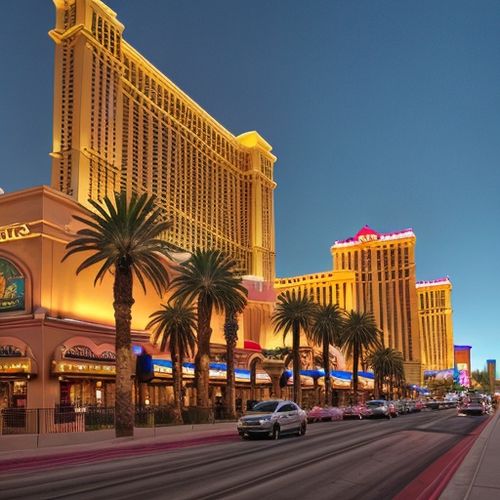
By Samuel Cooper/Apr 15, 2025

By Christopher Harris/Apr 15, 2025
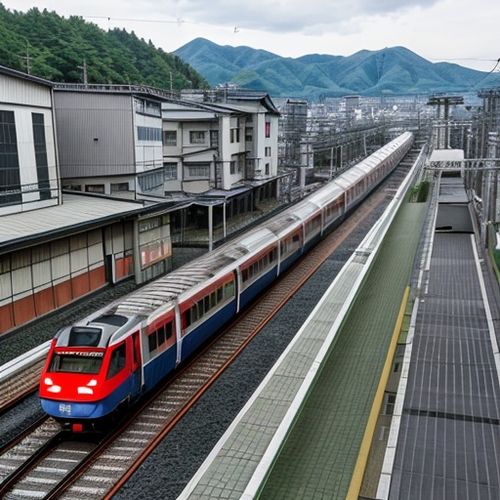
By Eric Ward/Apr 15, 2025

By Noah Bell/Apr 15, 2025
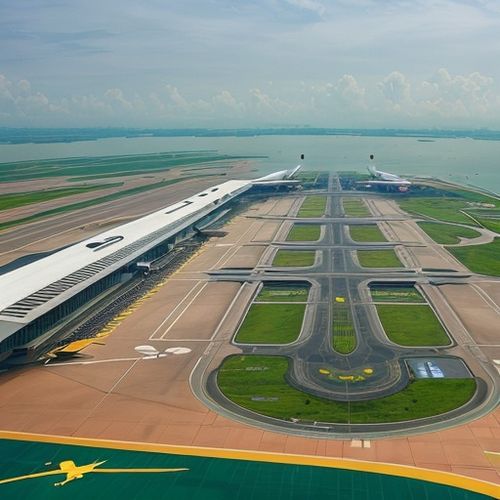
By George Bailey/Apr 15, 2025

By Daniel Scott/Apr 15, 2025

By Elizabeth Taylor/Apr 15, 2025
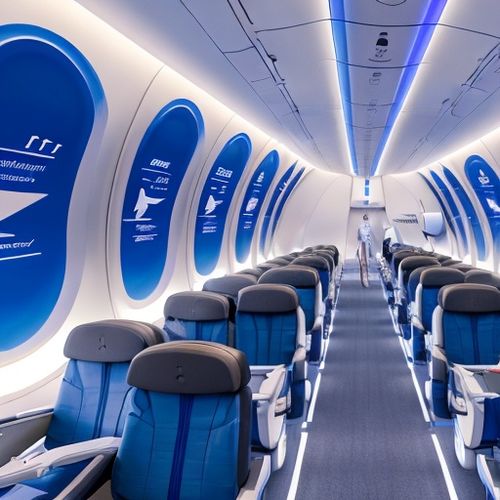
By Grace Cox/Apr 15, 2025
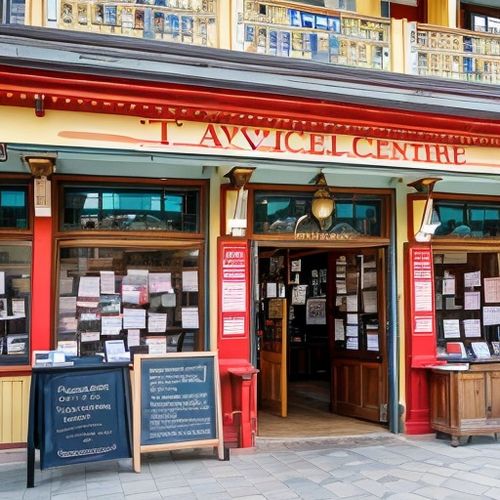
By Jessica Lee/Apr 15, 2025

By Jessica Lee/Apr 15, 2025
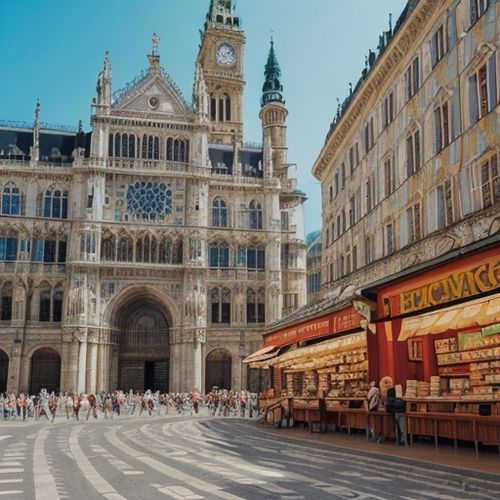
By Ryan Martin/Apr 11, 2025
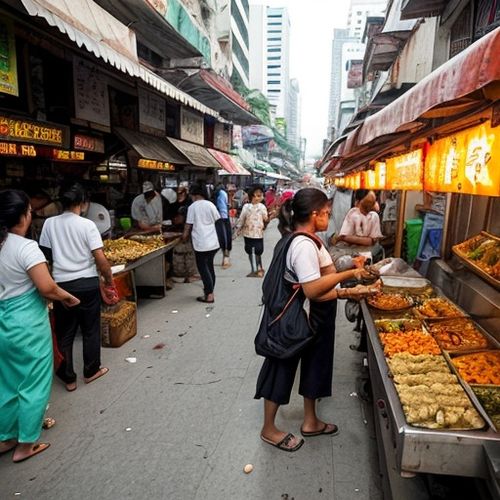
By Victoria Gonzalez/Apr 11, 2025
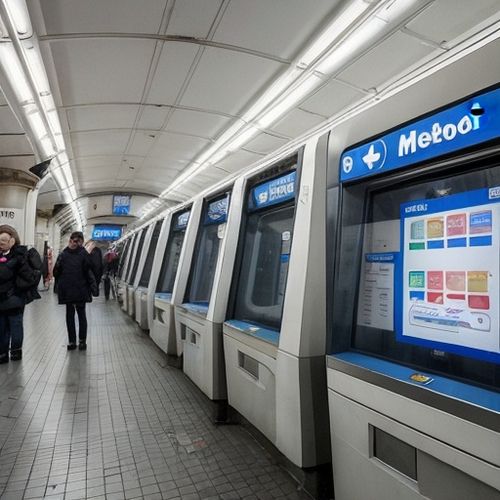
By Christopher Harris/Apr 11, 2025

By Victoria Gonzalez/Apr 11, 2025
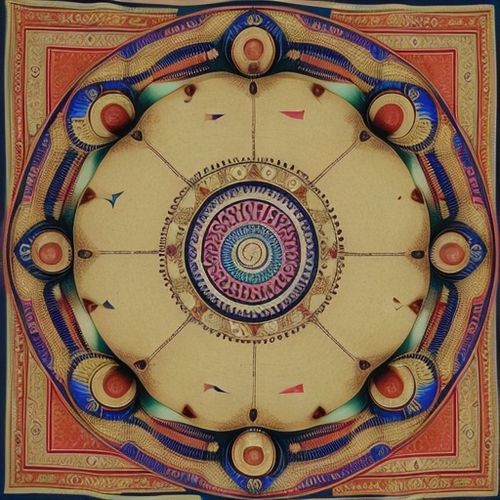
By George Bailey/Apr 11, 2025
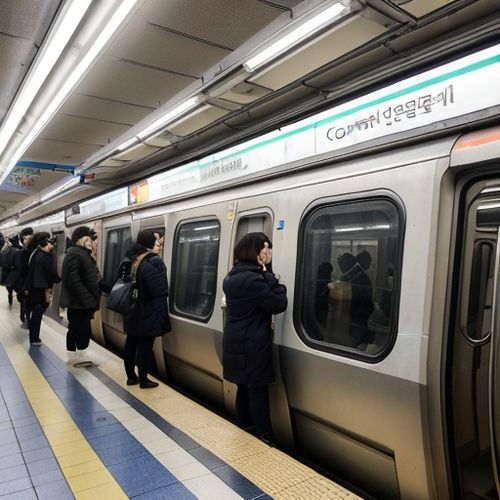
By Megan Clark/Apr 11, 2025
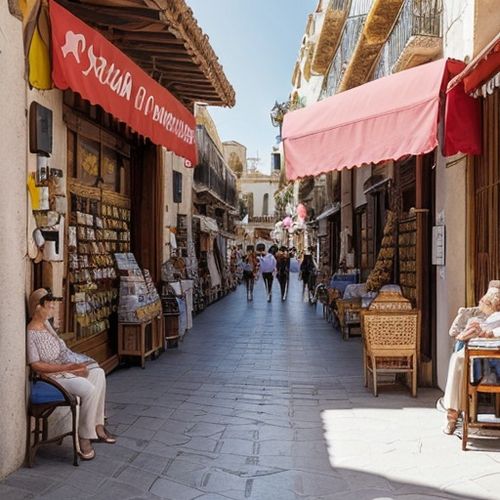
By Natalie Campbell/Apr 11, 2025
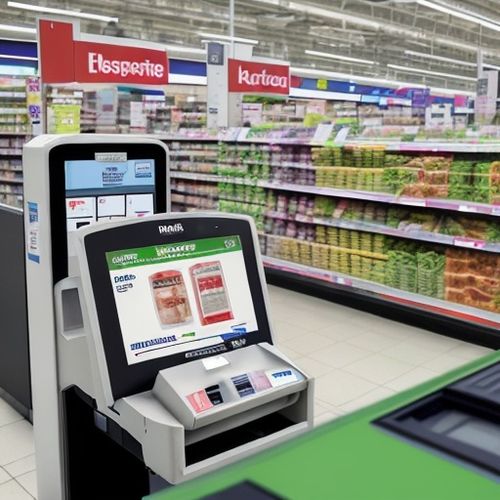
By Eric Ward/Apr 11, 2025
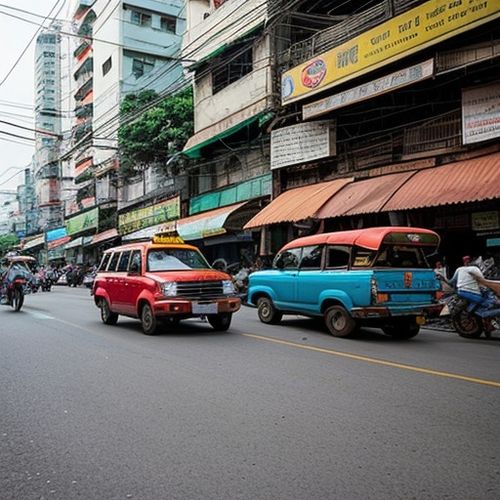
By Benjamin Evans/Apr 11, 2025